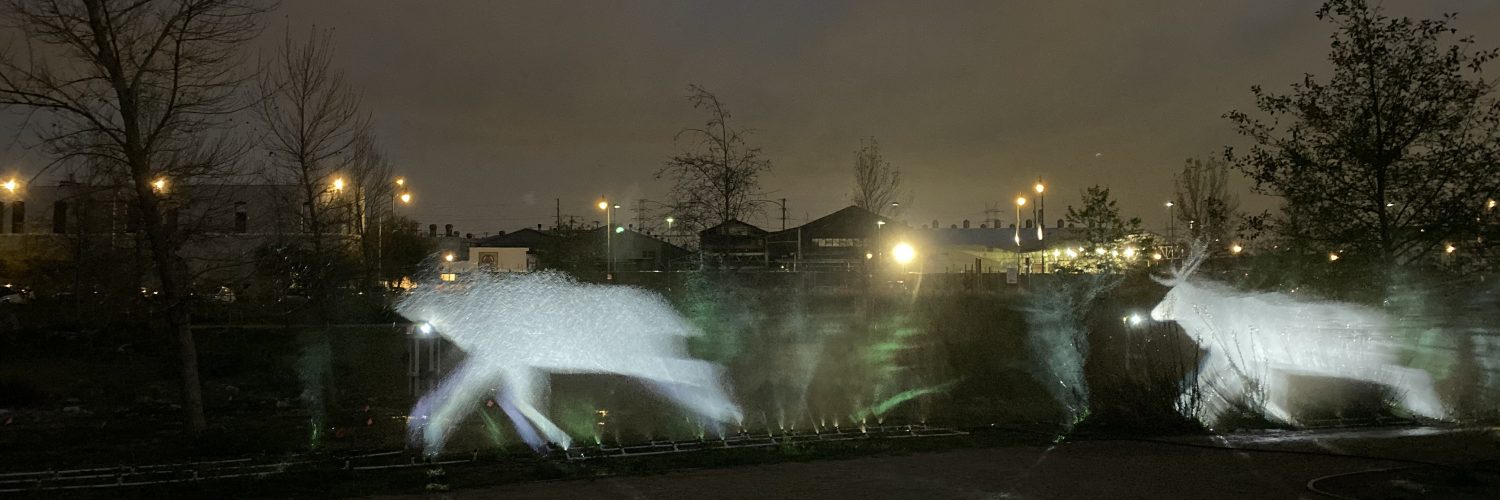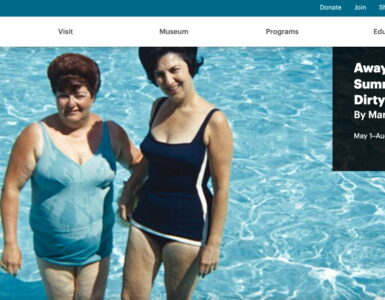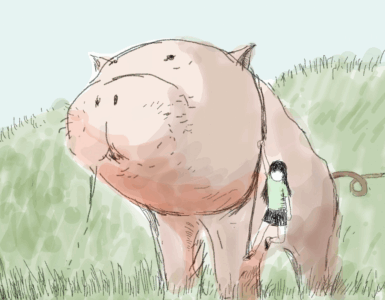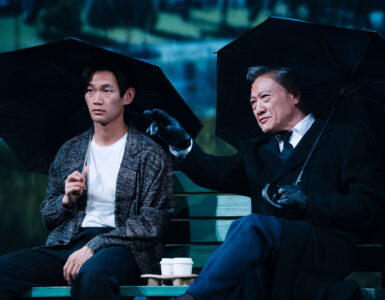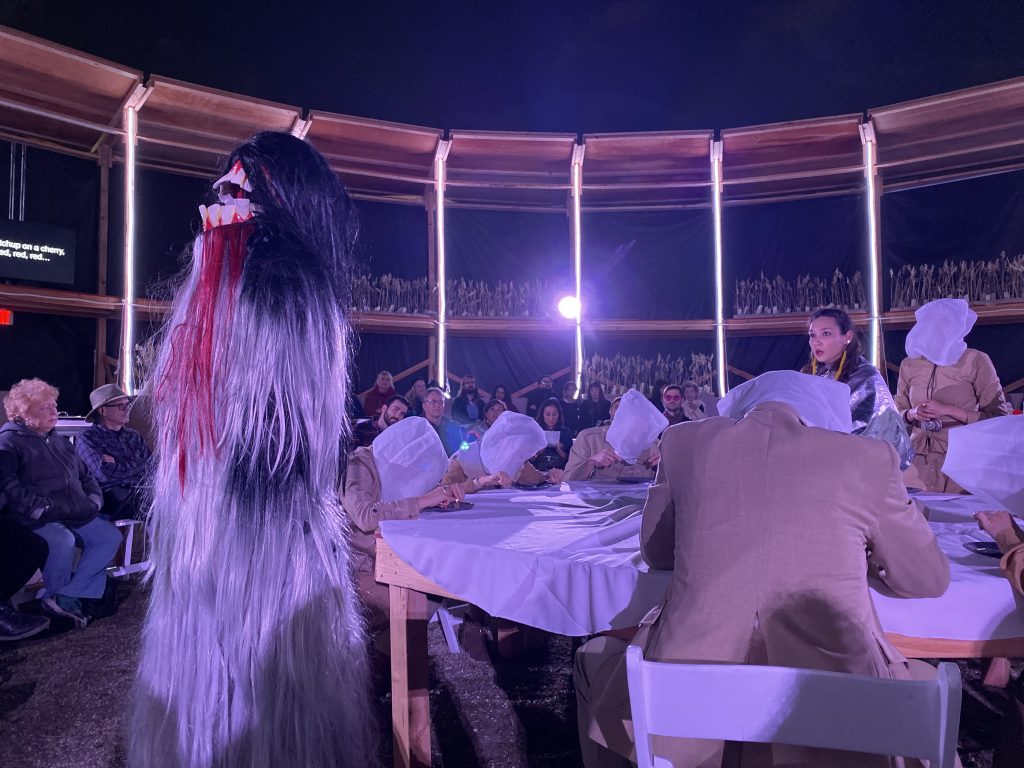
Known for their site-specific operatic works, with elaborate mobile staging, The Industry returns to Los Angeles with a new work about Imperial invasion. Intending to unravel the accepted narratives surrounding American identity, Sweet Land declares itself a “grotesque historical pageant that disrupts the dominant narrative of American identity.”
Composed by the Navajo Nation’s Raven Chacon and Du Yun, with a libretto by part-Ojibwe poet Aja Couchois Duncan and African American poet Douglas Kearney, the opera is co-directed by Cannupa Hanska Luger and The Industry’s Yuval Sharon.
Described as “an opera that erases itself,” Sweet Land is an ambitious project that focusses on themes of immigration, imperialism and colonization.
The opera is staged as a procession through the L.A. State Historic Park, introducing the audience to the invading forces – dubbed ‘The Arrivals’ – when they first encounter the indigenous people – dubbed ‘The Hosts.’
Thereafter, the audience is led to a feast between a “host” community and an “arrival” community, with a train symbolizing the effects of Manifest Destiny.
The resulting work feels baffling and incomplete.
The entire 75-minute show is staged outdoors, so warm clothing and comfortable walking shoes are essential.
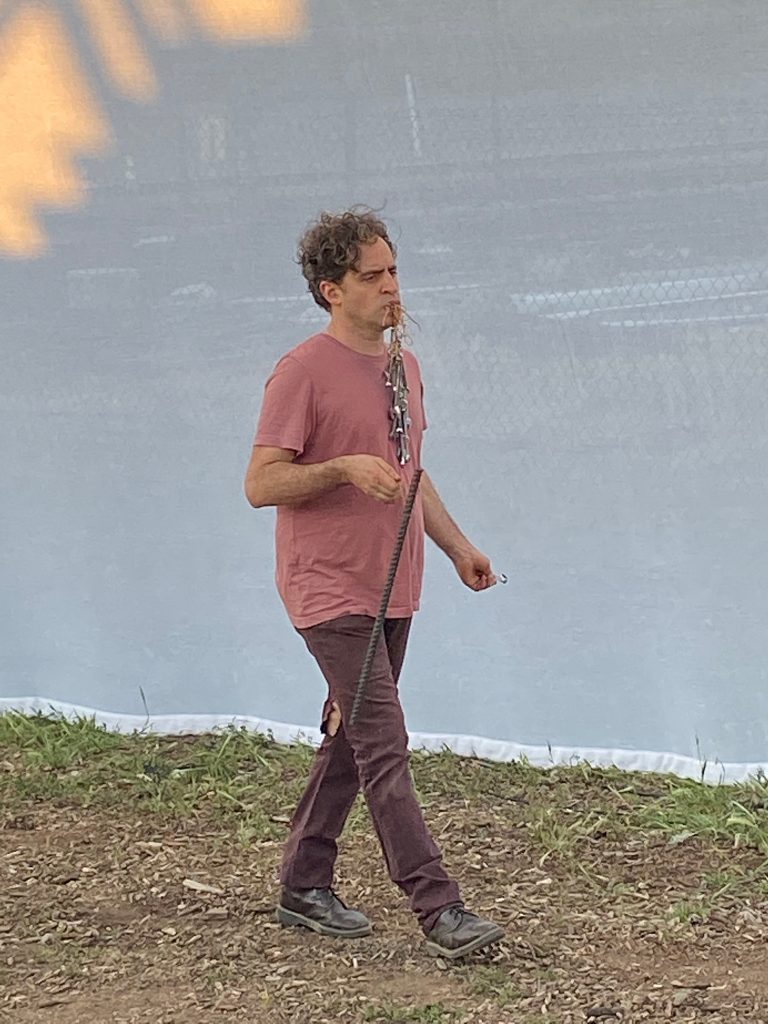
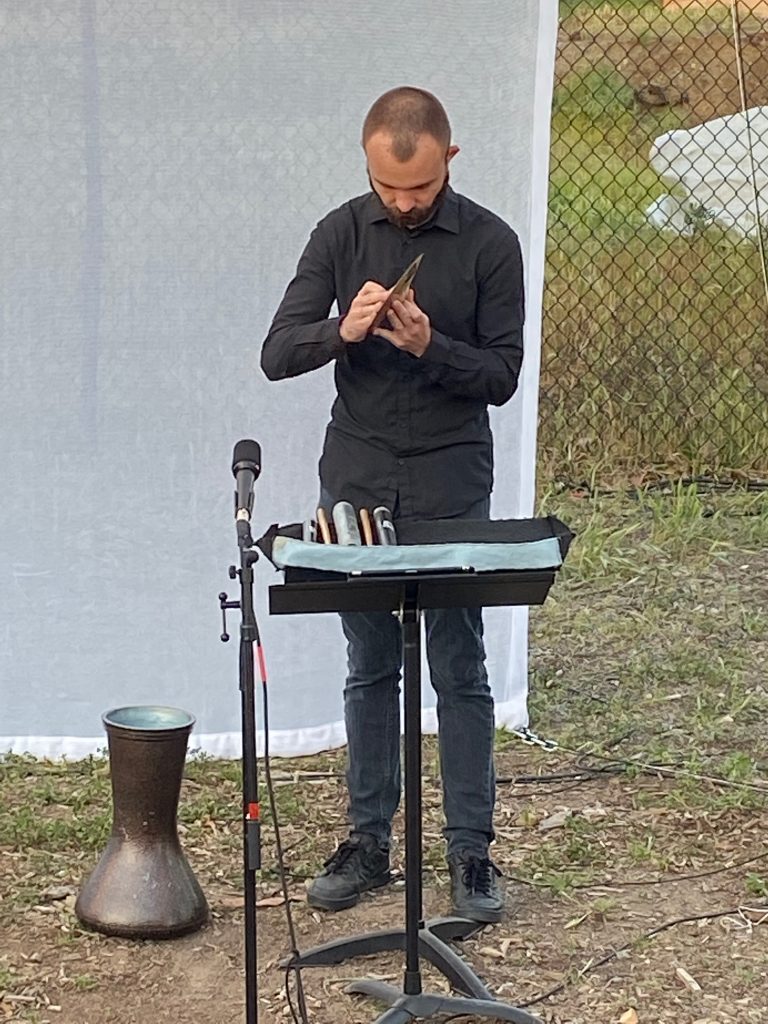
At the beginning, the audience gathers in a large, purpose-built amphitheater. While we are waiting for the show to start, two musicians make a lot of percussive noises, creating some sort of pre-show ambient soundscape while builds with increasing volume and intensity. One musician strolls about and rattles a cluster of spanners hanging from his teeth, also running a single spanner repeatedly along a corrugated piece or metal re-bar. The other musician absent-mindedly bashes away at cymbals. It’s random, and at times annoyingly loud.
Eventually the show commences with local characters: singing Coyotes (performed by Carmina Escobar and Micaela Tobin). The two women have painted faces and wear coats of multi-colored wools mixes with animal fur. Accompanied by unseen (or pre-recorded?) musicians, we hear flute paired with voices, as the women harmonize, wail, shriek, ululate, howl and yip.
Behind a white scrim we see the Arrivals encounter the indigenous people of this newly ‘discovered’ (sweet) land. Some pre-recorded cacophony drowns out the tenor voice of the Captain (Jon Lee Keenan). A large man drags a rusty anchor before collapsing.
While there are advantages to viewing this show in early evening, to enjoy the fading light, this initial scene doesn’t work as well given the insufficient side lighting.
A lot of care seems to have been put into the construction of the large stages. From the amphitheater, we are split into two groups and ushered along wooden corridors towards one of the other two large, purpose-built arenas. The walkways are partially festooned with dried corn husks and grass curtains. The sets feel unfinished, and so does the opera. Scenic design is by Tanya Orellana and Carlo Maghirang.
The vivid and unusual costumes are created by E.B. Brooks and Luger.
Half the audience joins the “Feast,” while the other half head over to the “Train.”
For “The Feast,” dour performers are already seated at banquet tables set with fake candles, dried corn and grasses. Everything is blonde, beige or brown. A small orchestra of musician perform live, and the libretto is projected as surtitles. The Arrivals disturbingly lament that the “land is unresponsive. Her legs are closed…” An elder growls and wails before collapsing. Some soprano wailing and pre-recorded harpsichord accompanies The Preacher (Richard Hodges) who sings in falsetto. At one point a pre-recorded and massive bass sound randomly rumbles through the wooden risers we are seated on. The Preacher makes a play for the tribal daughter, promising to “create a strong new race,” but she rejects him. Meanwhile, a strange shaggy creature with enormous dentures moves slowly around the feast room. The lights plunge into red for our exit.
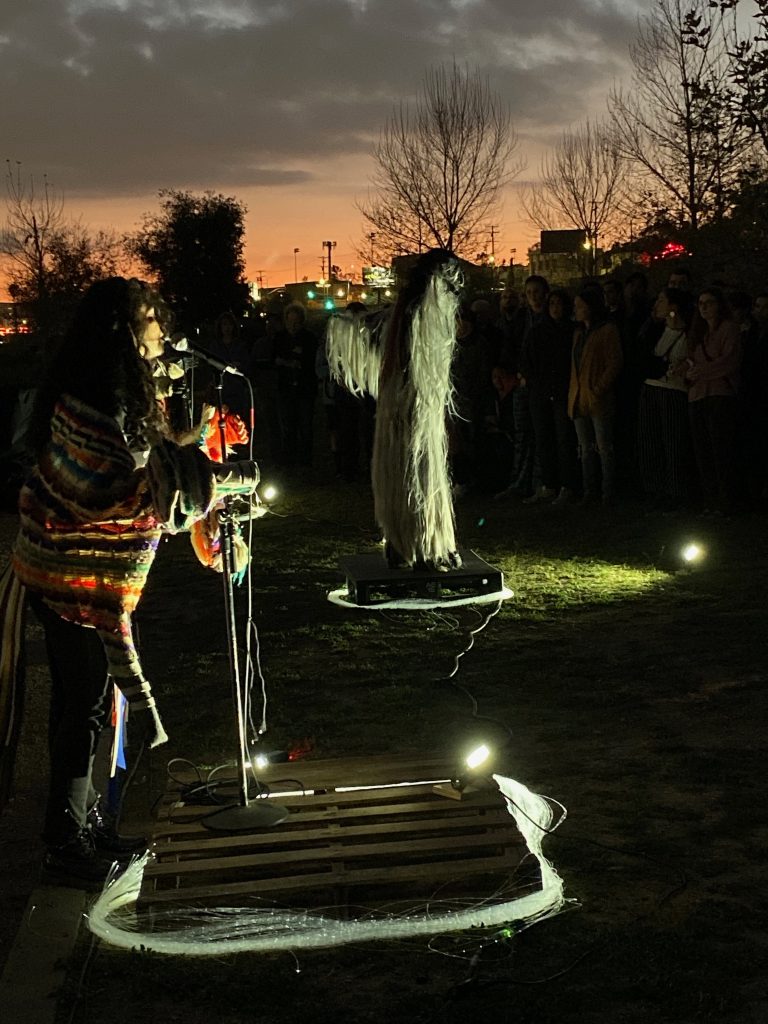
The audience reunites at “Crossroads” (pictured above) – an open field where the performers caterwaul into microphones as ghostly projections of trees and herds of galloping elk appear behind them, brought to life on water from sprinklers, wreathed with smoke.
Confusingly, the audience members then return along the wooden tunnels to the same stage as before (either “Feast” or “Train”), before all reuniting at the amphitheater for the opera’s conclusion.
For our return, now the Feast is mournful; there are charred bones and bloody limbs sticking out of bain-marie serving dishes.
It’s during the final scene back at the amphitheater where the opera seems to fall apart. The action all happens so far away, beyond a chain link fence and in a field showing some evidence of tents and some mining or construction. Some sections are dimly lit. Sad harmonies describe being sold to work as housekeepers, lamenting poor health and horrendous abuse. The libretto is ingeniously projected on a bridge and a distant billboard, and again we see the ghostly projections of the galloping elk. But it feels as if the company ran out of time to rehearse the final scenes before opening night…
The outdoor environment makes this an unusual theatrical experience. As the light fades, the downtown skyline lights up. Metro rail trains swoosh by and helicopters soar overhead.
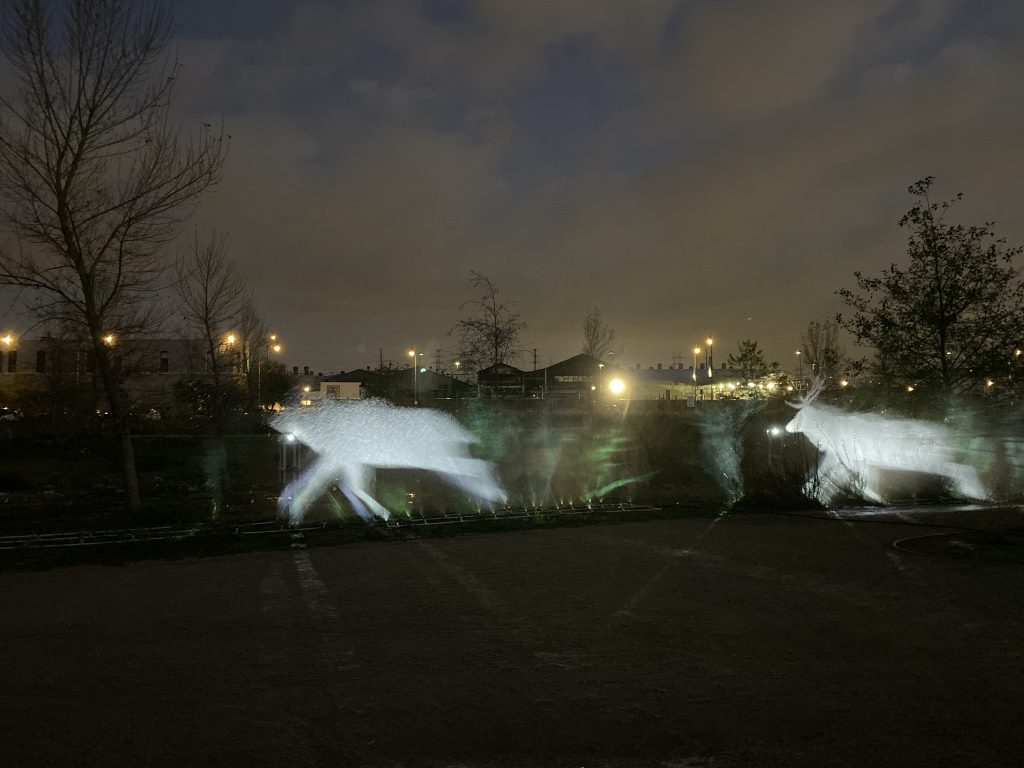
Sweet Land
By The Industry.
L.A. State Historic Park
1724 Baker St., Downtown Los Angeles.
Running time: approximately 1 hour, 15 minutes.
Performances:
Fridays-Sundays, varying times:
- ● Saturday Feb. 29, 8pm
- ● Sunday March 1, 5:30pm & 8pm
- ● Friday March 6, 6:00pm & 8:30pm
- ● Saturday March 7, 6:00pm & 8:30pm
- ● Sunday March 8, 6:30pm & 9:00pm
- ● Friday March 13, 6:30pm & 9:00pm
- ● Saturday March 14, 6:30pm & 9:00pm
- ● Sunday March 15, 6:30pm & 9:00pm
Runs through Sunday, March 15, 2020.
Tickets:
$75-$110.00
Box Office:
(213) 761-8598, or online here.


